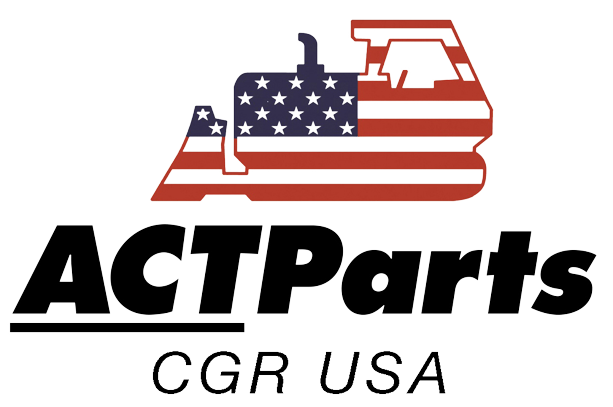Many types of heavy equipment rely on hydraulic systems to help them move and operate efficiently. No matter the vehicle, all hydraulic systems maintain certain basic requirements every operator should know about. Understanding how this crucial system works is key to ensuring it stays in excellent condition and maintenance is performed correctly.
Understanding Hydraulic Systems
Hydraulic systems may be used in different types of heavy equipment but there are certain aspects that remain universal. These systems rely on force produced by fluid pressure to lift, reach, tilt, and move your equipment. This is accomplished by hydraulic oil being pumped from its reservoir through a valve and into a cylinder of the part the system powers. The pressure from the fluid pumping then forces the part to move.
It’s a simple but strong closed-loop circuit that can lift heavy loads, making it an ideal mechanism for construction sites where strong machinery is a must. With fewer components than other systems, it doesn’t require much maintenance and is versatile so it can be used in various types of equipment.
How Are These Systems Used?
Hydraulic systems are vital to all types of heavy equipment, especially those used on a construction site. Tracked backhoes use hydraulic drivers to move their tracks across different landscapes. Loaders use these systems to move their bucket while dump trucks use them to lift their bed. Even more impressive hydraulic systems work within cranes to raise the multi-ton vehicle and carry the load in the machine’s arm.
All of these functions are thanks to these systems controlled by the machine’s operator. This handler decides how much fluid to release into the system, determining how fast the part can move or how much it can lift. If the machine has multiple parts that rely on the hydraulic system, the operator can easily change the direction of the fluids to divert force from one part to another. This creates a seamless work experience for all types of equipment and helps you get the job done.
Benefits of Hydraulic Systems
Versatility isn’t the only benefit of a hydraulic system, though it is an important one. Its ability to divert power from one part to the next has allowed manufacturers to consolidate multiple machines. One vehicle can now act as a loader and dozer because of the hydraulic system’s seamless fluid switching. This isn’t just convenient; it also saves you money as you only have to purchase one machine and hire one operator instead of multiple.
As mentioned earlier, the hydraulics system is simple but strong. It’s able to produce far greater force than the force it uses. This results in faster moving vehicles that can lift heavier loads without causing excessive strain. Not only does this increase your productivity, but it also creates a reliable system since it’s designed to handle plenty of exertion. So long as the system stays shut and protected from contamination your hydraulic system can continue to run in optimal condition for a long time.
Maintenance Tips
While hydraulic systems are very durable, they do require regular maintenance no matter which type of equipment they’re in. Above all else, the system needs to be cleaned at least every 1,000 hours of work. Failing to do so will result in rust and cracks that will put your equipment out of commission. Routinely flush the hoses and reservoir with high-pressure fluids to get rid of any debris. In some cases, you may need to replace your current hydraulic fluid if it’s been contaminated or smells acidic. The same goes for your filters as these can gather debris quickly, creating a buildup blocking your systems and dirtying your fluid.
Inspect your hydraulic systems before and after you use your equipment to catch any problems early. Make sure the rods and cylinders are sealed and aren’t worn down. Look for leaks or damage to hoses and couplings and listen for gurgling noises in your pumps and motors.
To avoid worsening damage you must replace parts in your system on a regular basis. For example, breather caps should be replaced at least once a year. Filters and seals on the other hand should be replaced as needed. So long as you check these systems in all your different types of heavy equipment you can stay ahead of any potential failures.
Find the Parts You Need for All Types of Heavy Equipment
Hydraulics systems are crucial to all types of heavy equipment as they play a major role in how fast a vehicle can go, how much it can lift, and much more. Despite its simple looped circuity structure, the pressurized fluid within can create an immense amount of force so you can tackle any job. And so long as you stay up to date on of this system’s maintenance needs it is sure to last you a long time.
Finding the right replacement parts is an important aspect of performing maintenance for all types of heavy equipment. ACTParts offers a wide selection of hydraulic system parts to fit your needs. Contact us today to learn more about which part your system needs to be the best it can.
